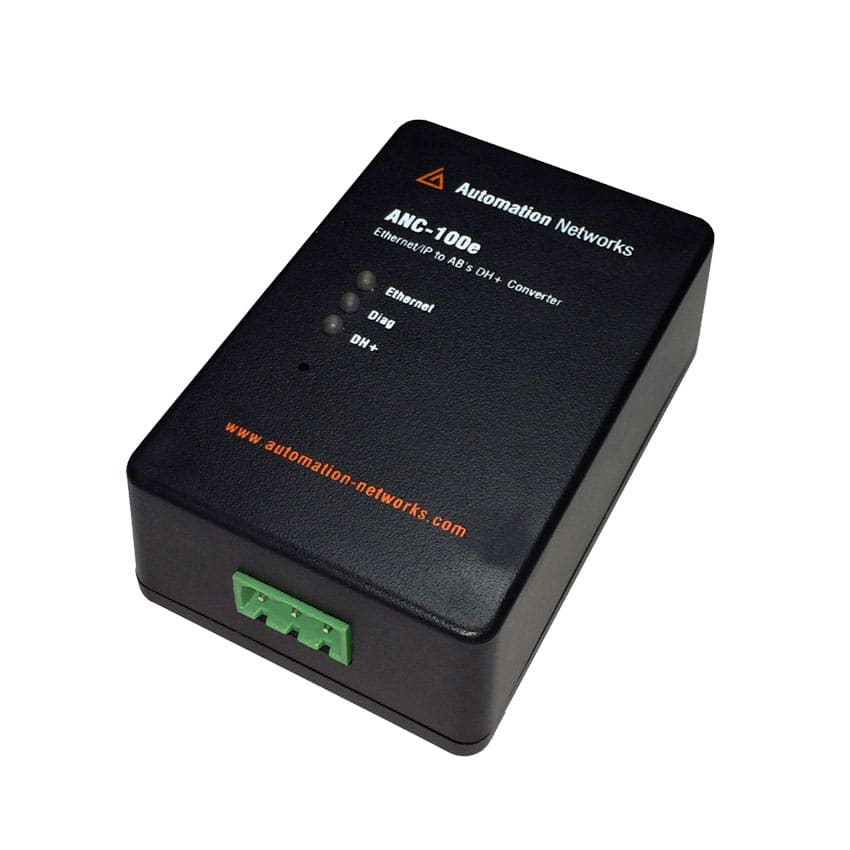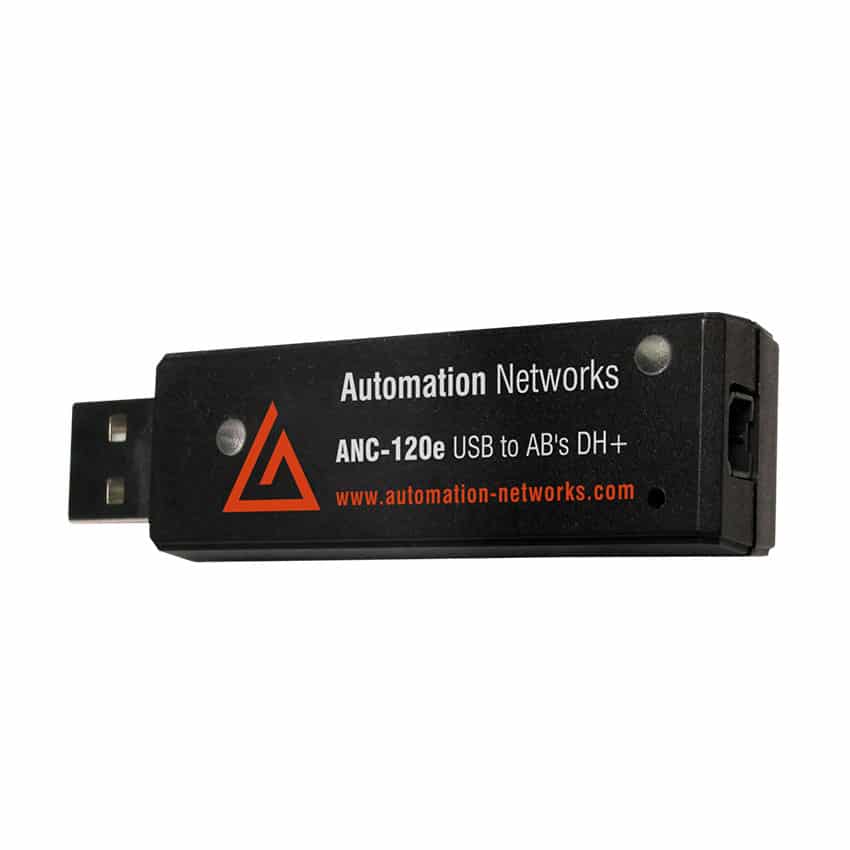CC-Link Industrial Networks
CC-Link (Control & Communication Link) is an industrial network protocol developed by Mitsubishi Electric for use in automation and control systems. It is designed to provide high-speed, deterministic communication among various devices in industrial environments, such as PLCs (Programmable Logic Controllers), HMI (Human Machine Interfaces), servo drives, inverters, and sensors. Here’s an overview of CC-Link industrial networks:
Key Features of CC-Link:
- High-Speed Communication: CC-Link is known for its high data transfer rate, which is essential for applications requiring real-time control and data exchange.
- Deterministic Network: It provides deterministic communication, ensuring that data packets are delivered within a predictable time frame, which is critical for synchronized operations in automation systems.
- Flexible Topology: CC-Link supports various network topologies, including star, line, and mixed configurations, providing flexibility in system design.
- Scalability: The network can support a large number of devices, making it suitable for systems ranging from small-scale to large-scale applications.
- Multiple Versions: CC-Link has evolved into several versions, including the original CC-Link, CC-Link/LT for smaller, less complex networks, and CC-Link IE (Industrial Ethernet), which offers gigabit Ethernet capabilities.
Applications:
- Manufacturing Automation: Widely used in automated manufacturing lines for control and data exchange between various automation devices.
- Process Control: Suitable for process industries requiring precise control and high-speed data transfer.
- Robotics: Employed in robotic applications for coordinating movements and operations.
- Material Handling: Used in conveyance systems, sorting operations, and in warehouse automation.
Technical Considerations:
- Compatibility: Ensuring compatibility of all network devices with the CC-Link protocol is essential for smooth operation.
- Cabling and Connectors: Specific types of cables and connectors are required for setting up a CC-Link network, adhering to the standards set for the protocol.
- Network Configuration: Proper configuration of network parameters, such as station numbers and baud rate, is crucial.
- Integration with Other Systems: While CC-Link is a robust standalone network, integration with other types of networks or systems may require additional considerations or gateway devices.
Conclusion:
CC-Link is a powerful tool in the field of industrial automation, offering high-speed, reliable communication for a wide range of applications. Its versatility and scalability make it a popular choice for many industrial automation projects. However, as with any industrial network, proper planning, installation, and maintenance are key to ensuring optimal performance and reliability.
ANC-100e Ethernet IP to AB's DH+ Converter
The Automation Networks ANC-100e communicates with all SCADA, HMI, PLC programming with direct Ethernet/IP access to the DH+ network and stations.
ANC-100e has similar replacement features as the Controllogix 1756-DHRIO / 1756-ENBT, and AB 1784 Interface Cards: 1784-U2DHP, 1784-KTx, 1784-PKTx, 1784-PCMK and Prosoft AN-X2-DHRIO Converters.
$1,295 USD List. Apr 1, 2024
ANC-120e USB to AB's DH+
The ANC-120e works with all SCADA, MMI, PLC programming packages installed on your PC with USB direct access to the DH+ network and stations. These packages include RSLINX/LOGIX Classic & Enterprise with RSLOGIX 5/500, Wonderware DAServer & TCP/IO Server, Citect, and Kepware using Controllogix Ethernet/IP Drivers.


